A violet oil beetle in your garden. An exotic beetle? Not really. Just a harmless creature
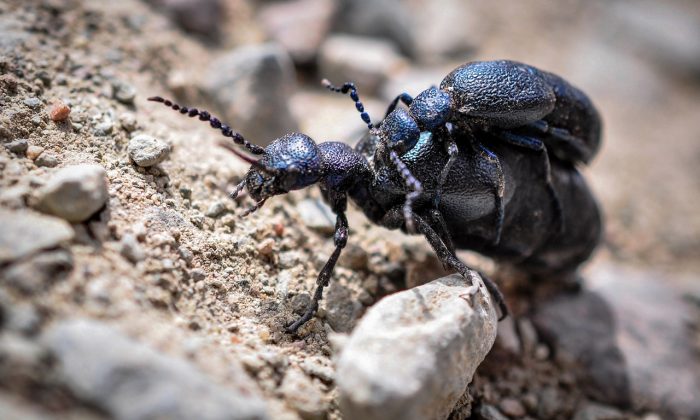
It looks like this spring is very fond of large black beetles, which, thanks to their unconventional appearance, can scare many people. We shall blame biology textbooks little bit because Meloe violaceus, commonly known as the violet oil beetle is listed as poisonous and potentially dangerous. But is it really?
In central Europe the most common is the above-mentioned violet oil beetle (Meloe violaceus) . It looks strange – somehow unfinished. Its upper wing case (elytra) only partially covers its buttocks, which together with its shiny metallic body, simply looks exotic. But there is nothing farther from the truth. Violet oil beetle is a natural inhabitant of our mountains, foothills and fields , but in recent years it was also spotted in the lowlands. For example, it has caused gardeners living in certain areas in Central Europe to panic.
Violet oil beetle – a popular beetle of poisoners
Yes a long time ago, this beetle was an abundant guest in alchemist laboratories. However, only a heavily concentrated poison from this beetle can cause you trouble. So, unless you have a real murderer with a dagger in your home who is trying to kill you, then you do not need to worry about this beetle. You would have to eat several adult beetles to get the same unfortunate result. However, the taste is disgusting, so animals or small children quickly change their minds about consuming these beetles. So, much for the danger of these beetles.
A beetle that secretes poison through its legs
So what about the terrible poison? Well, if you accidentally squeeze or irritate oil beetle to the point that it feels threatened, it will release an unattractive-looking orange liquid from its the legs. This warning is usually sufficient for birds and other predators but the poison is not dangerous to humans. Just wipe or wash the affected area.
And if for some reason you want to play a “macho man”, you will only get mild irritation , at the spot. So, do not kill it. It is not worthy and it is also endangered species. Larvae of these beetles feed on the larvae of solitary bees, and solitary bees are also slowly disappearing from our nature.
Photo: Pixabay

Gardening is my hobby, I have a lot of experience and I am happy to share it.



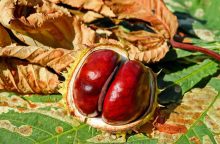
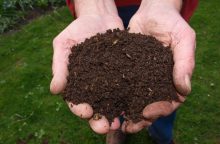
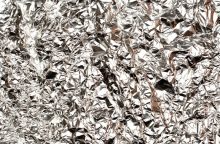

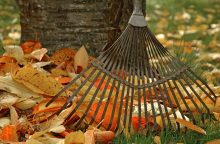
0 comments